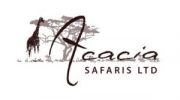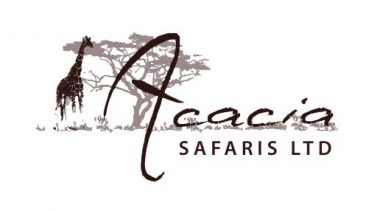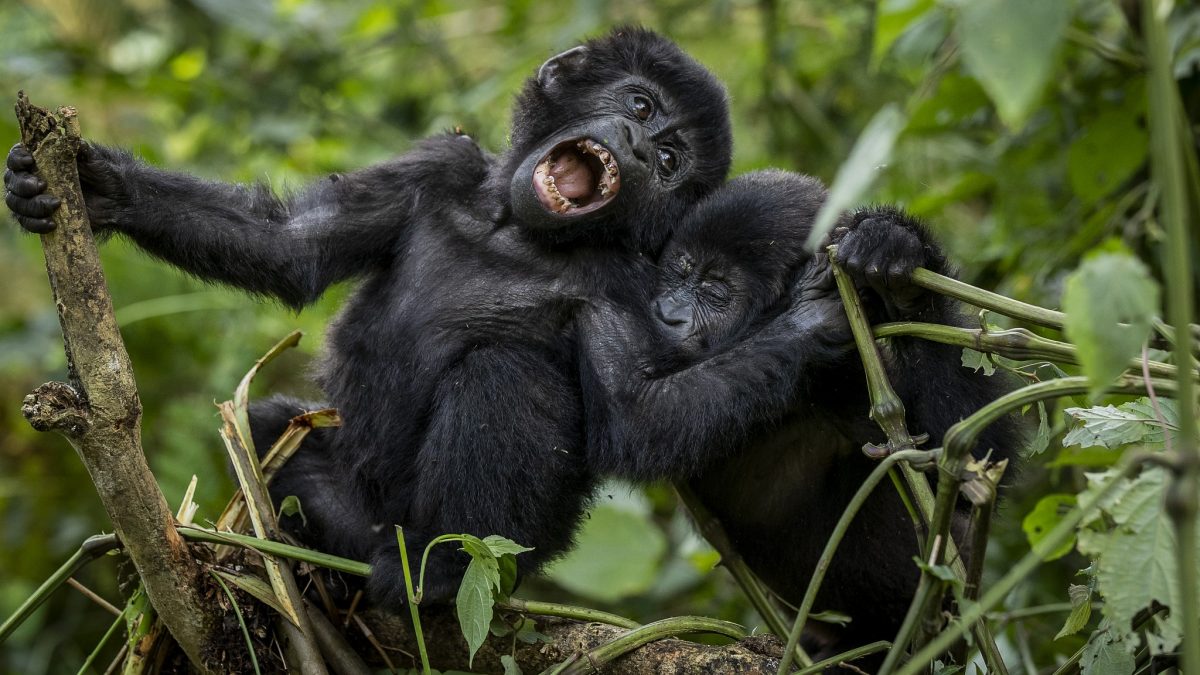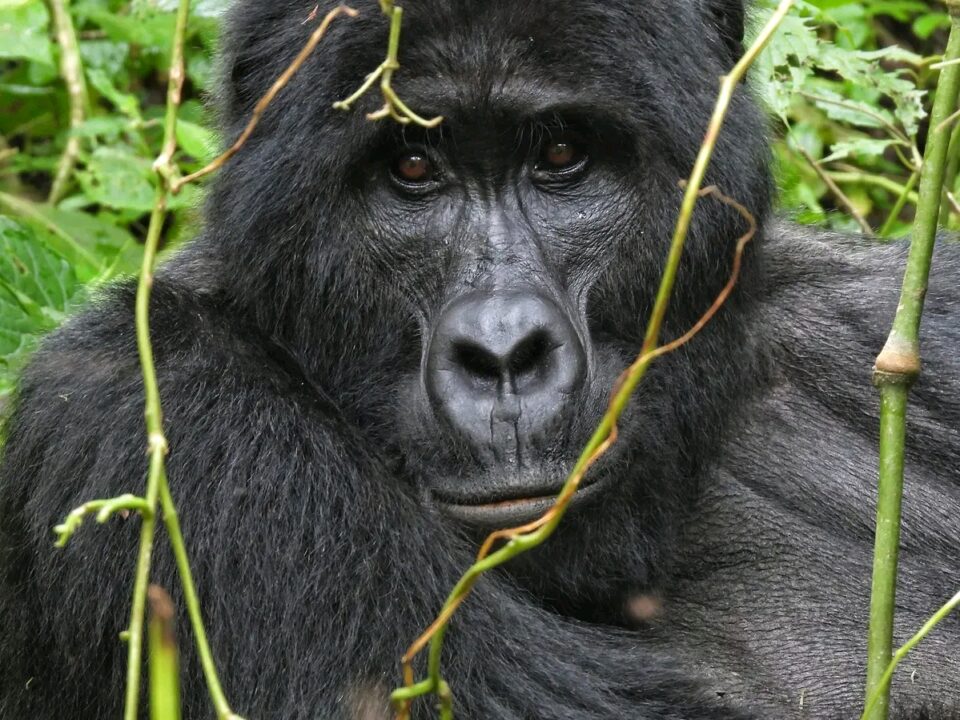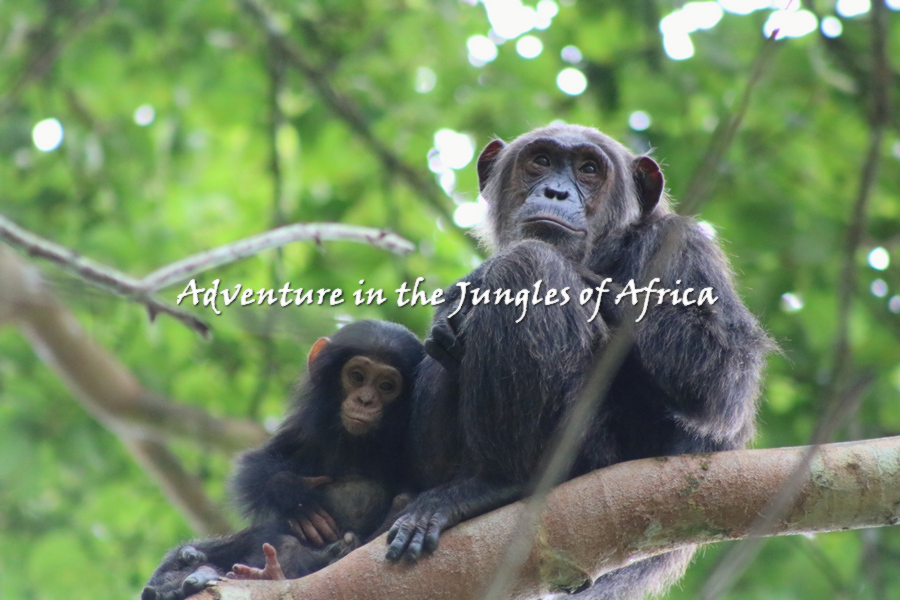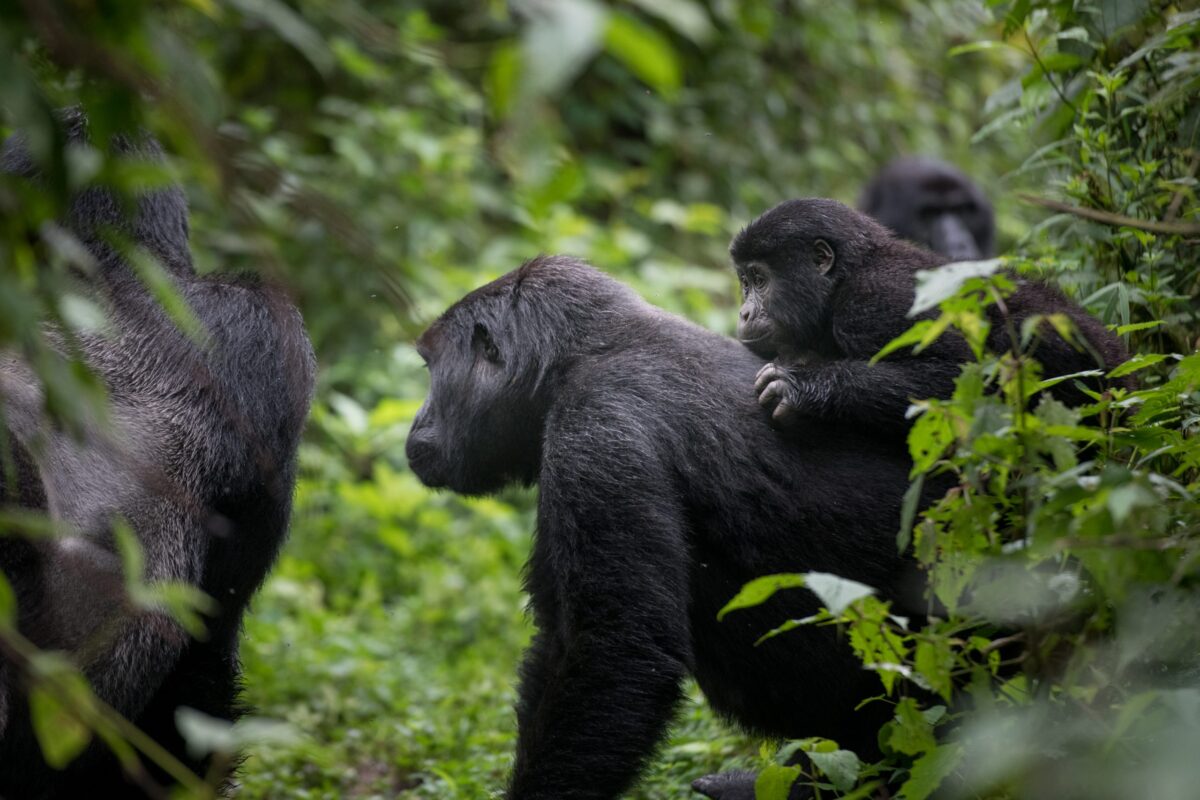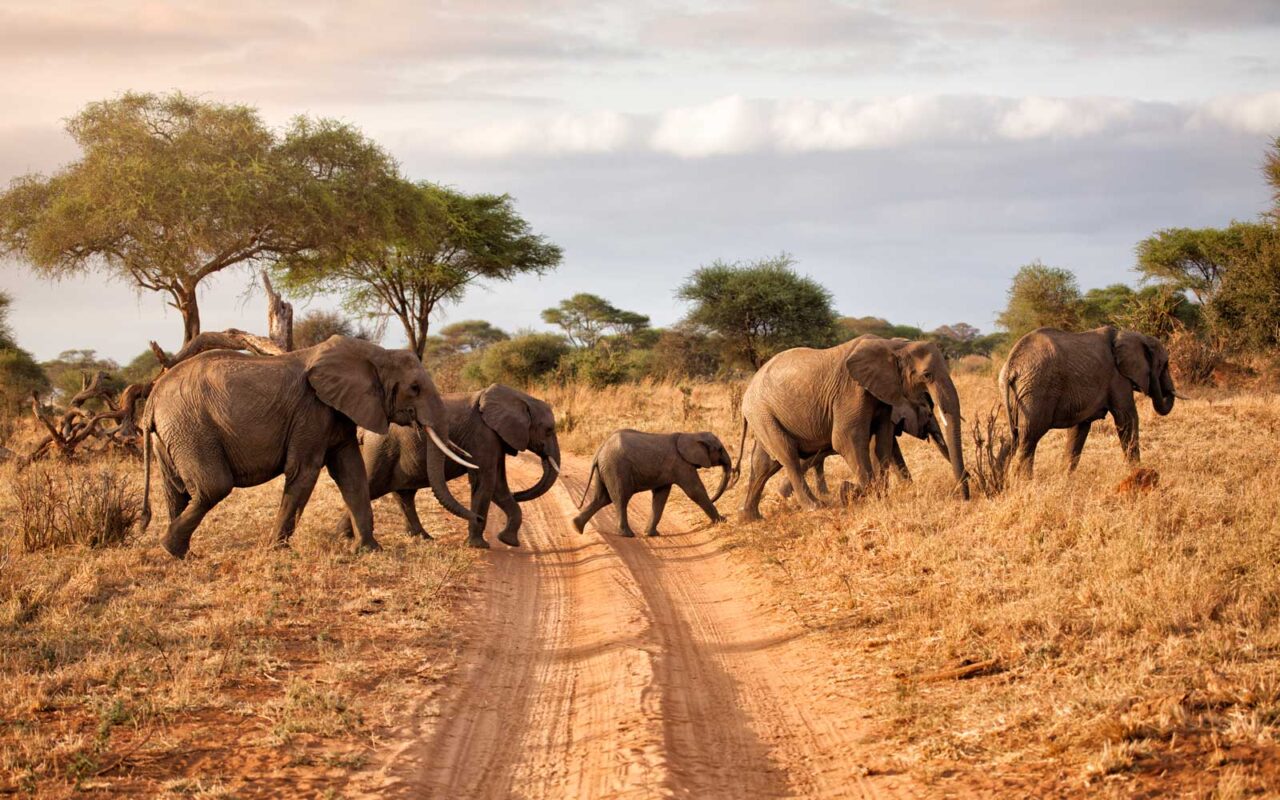
Tanzania Safari Experience
August 12, 2022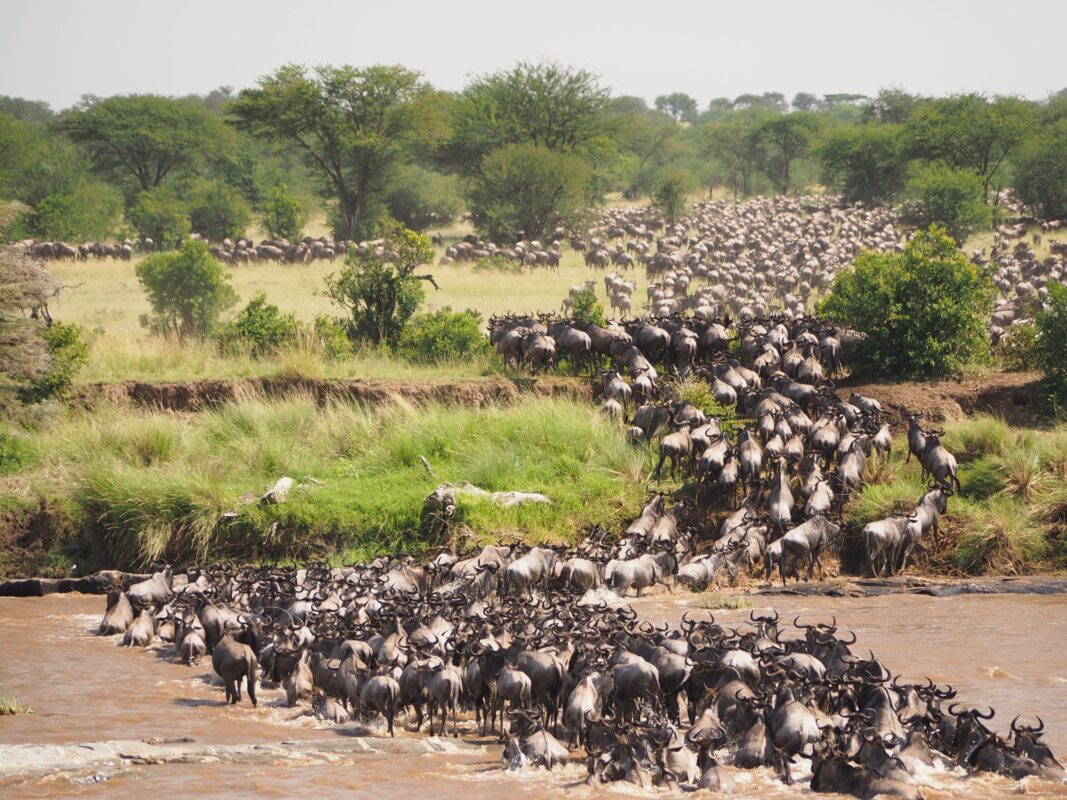
Where’s the Best Place to See the Wildebeest Migration?
August 19, 2022Activities in Volcanoes National Park (2023 Rwanda Safari Activities)
Activities in Volcanoes National Park gives the best guide on the top things to do when you choose the park as your next Rwanda safari destination. This is Rwanda’s top safari destination, especially for the mountain gorilla trekking experience. The park is host to several habituated mountain gorilla families that are part of the remaining population in the wild. However, along with the mountain gorillas other primates and bird species live within the Volcanoes National Park. For safari plans to visit the park, here are activities that you can add to your to-do list according to your preference.
-
Mountain Gorilla trekking
There are very many reasons for any tourist to opt for gorilla trekking in Rwanda. For intending trekkers who would not wish to trek for long, Rwanda is the perfect destination for gorilla trekking.
Volcanoes National Park is the closest park to its country’s capital. Unlike Uganda and Congo where you have a long drive of about 8 hours from the country’s Airport to the park, in Rwanda the moment you arrive at Kigali International Airport, you are just 2 hours away from the Volcanoes National Park. In Rwanda, it is possible to drive to the park on the day of the trek or return to Kigali after the trek. This makes it easy for travelers on short day tours to visit the country, especially for other purposes, and still have a 1 day short Rwanda gorilla trek.
Gorilla permits
The cost of a Rwanda gorilla trekking permit is USD 1500 each for foreign nonresidents, USD 500 for foreign residents, and USD 200 for National and East African Citizens.
A maximum of 1 hour is what you can spend seeing the gorillas, this is to keep the gorillas safe since they are susceptible to catching human disease.
Though Volcanoes National Park rises to an altitude of about 2,500 m above sea level, gorilla trekking isn’t as difficult as it is depicted. Gorilla trekking isn’t very hard as there are trails that are set through the forests to help the trekkers. The group is guided by skilled trackers who help you go through the forest.
-
Golden Monkey Trekking
A golden monkey trek to Volcanoes National Park is one of the major highlights of primate tracking Safaris in Rwanda. Golden monkeys are very playful primates that are only within the ranges of the Virunga volcanoes that cross through the Uganda, Rwanda, and Congo borders. In Rwanda, the golden monkeys can only be seen at Volcanoes National Park. Golden Monkey (Cercopithecus mitis kandti) is a species of the Old World monkey found in the Virunga volcanic mountains of Africa. Unfortunately, due to the loss of their habitat in the past wars, the golden monkey is listed as endangered. About 2000 to 4,000 individuals are estimated to exist in the Virungas.
The golden monkey is differentiated by the golden-orange patch on the upper flanks and back. They are mainly herbivorous known to eat bamboo branch lets, shoots, flowers, fruit, and leaves. However, they are opportunistic feeders whose diet is easily influenced by the availability of fruit.
Golden monkey diet
Because of their kind of diet, the golden monkeys live in habitats with a lot of bamboo and fruit, which is part of the Virunga Volcanoes. They move between areas depending on where there is food. In the dry season, they look for ripe fruit and stay in those areas with fruit. When the rainy season begins, they move to the bamboo areas since the bamboo is shooting at that time. In most cases, they prefer places with both bamboo and fruit.
They live in groups of different sizes sighted from 3 to as large as a group of 100 each group led by an alpha male. In size, the golden monkeys that live in the higher elevations are smaller compared to those in lower elevations.
In most cases, the golden monkeys sleep in one of their sleeping areas after a day of feeding. They sleep on top of dense bamboo plants or several bamboo plants that they weave together to make a sufficient foundation to sleep, they do this in small subgroups of 4 individuals. When they make a sleeping area, the next day, they will feed close to the sleeping area such that they return in the evening to sleep. This is different from the mountain gorillas that spend each night in a different place.
-
Birding /Bird watching
Volcanoes Park in Rwanda has about 180 bird species recorded and offers good birding. One of the park’s highlights is the vulnerable swamp-dwelling Grauer’s swamp warbler. There are also at least 16 Albertine Rift endemics present including the handsome francolin, Ruwenzri batis, Ruwenzori francolin, Ruwenzori double-collared sunbird, Archer’s robin-chat.
Birds that can be spotted in the Volcanoes National Park also include the Baglafecht weaver, Bateleur, Blue-spotted wood dove, Cinnamon-chested bee-eater, and Red-backed shrike. Migratory birds are present in the park from November to April. Birding in the park is generally good all year round. However, it is much easier during the dry season from June to August and from December to January when the rains are less.
-
Mount Bisoke Hike
Mount Bisoke is one of the 8 Volcanoes that form the Virunga massif or mountain range within the Albertine Rift. Mt Bisoke bestrides the Rwandan and Congo borders with the bigger part of the Bisoke volcano and its summit in Rwanda. Its summit has a crater lake of about 400m in diameter and another crater lake of Ngezi about 11km from the summit. Mt Bisoke has an altitude of 3,711m above sea level (covered with fog) with its features formed after its last eruption in 1957.
Mountain climbers on Rwanda hiking safaris can explore the scenic Mount Bisoke on a day excursion. The climb is steep but walkable with two major hiking trails to each of the lakes. The trail to the summit is the popular one and it takes a 6-hour hike, 4 hours ascending to the summit and 2 hours descending.
Along Mount Bisoke is also the Dian Fossey tomb which can be visited during a safari to the park. Dian Fossey was an American wildlife researcher and primatologist who dedicated her life to saving mountain gorillas and lost it during the process. She was buried near her favorite gorilla and her works sparked off great gorilla conservation efforts. Today people add in a visit to Dian Fossey grave as a sign of paying tribute to her.
Best time for the Activities in Volcanoes National Park
The park is open all year round. However, the best time to go is during the short and long dry seasons. The short dry season is from the time of mid-December to early February. The long dry season is from June to September. Both the short and long dry seasons are the best times for all the activities in Volcanoes National Park.
How to get to Volcanoes National Park
To get to Volcanoes Park on your safari in Rwanda, you can access the park by road using a hired 4×4 safari vehicle. The park is about 105 kilometers away from the Kigali International Airport on a drive that lasts about 2 hours.
The most convenient way to get to the park is by hiring a self-drive safari vehicle or booking through your tour operator. Acacia Safari can help you make all of the arrangements for your Rwanda trip to Volcanoes National Park.
Rwanda Safaris Tour-Related Searches
- Rwanda Safari Holidays
- 5 Days Rwanda Wildlife Safari
- 6 Days Best Rwanda Wildlife Safari
- 6 Days Rwanda Wildlife Tour
- 13 Days Uganda Wildlife Safari Rwanda Primates Tour
- Rwanda Tourist Attractions
- Birding/Bird watching Safari in Rwanda
- Birding Safari in Rwanda
- Gorilla Tracking Safari Rwanda
- Wildlife Safari in Rwanda
- Wildlife Safaris in Rwanda
- Chimpanzee Tracking in Rwanda
- Gorilla Trekking Safari Rwanda
- Africa Adventure Tours
- East Africa Safaris
- Rwanda Safari
